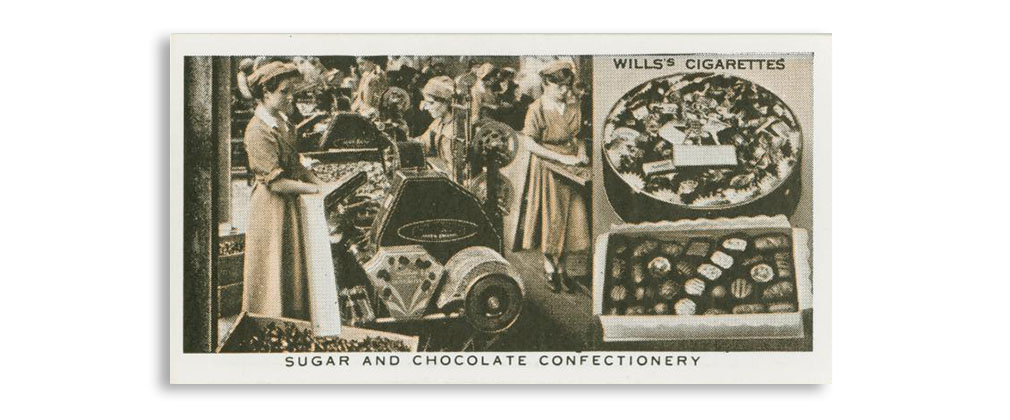Favorite Foods: Reshaping the Resilience Conversation
In a hotel outside Washington, D.C., just days before winter storm Jonas smothered the mid-Atlantic in snow, author Simran Sethi presented an idea that may have surprised her audience. She was speaking to scientists, government officials, and policy wonks—and her message was to ditch the data. Or rather, don’t only present data. Tell stories.
In particular, she challenged us to tell stories about the foods we love most, and how they might not be around much longer if we continue to eat, live, and legislate in unsustainable ways.
This took place at the National Council on Science and the Environment’s 16th National Conference and Global Forum on Science, Policy and the Environment. Titled “The Food-Energy-Water Nexus,” the January conference hosted more than 1,000 attendees who came to discuss how to meet the interconnected challenges that climate change brings to global food, energy, and water systems.
During the three-day conference, I attended many presentations and discussions on topics such as reducing food waste, building sustainable energy infrastructure, and feeding the future planet’s 9+ billion inhabitants. Despite the conference’s plethora of engaging topics, Sethi’s challenge stuck with me most.
So what exactly did she say? Sharing insights from her new book Bread, Wine, Chocolate: The Slow Loss of Foods We Love, which is about the loss of biodiversity in the food system, Sethi discussed her journey in writing the book. At first she set out to write about corn, but just “wasn’t that into it.” Instead, inside the warm “inner sanctum” of a chocolate factory in San Francisco, she realized that imagining a world without the multitudes of chocolate flavors resonated with her more emotionally than imagining a world without corn varieties.
Biodiversity is one of the many components necessary for ensuring a sustainable and resilient food system. Resilience, different from sustainability, is the capacity of a system to deal with and recover from change. A resilient food system is one that can withstand the effects of a changing climate or other natural and social hazards, and still maintain the capacity to provide adequate and healthy food for all. As extreme weather events multiply and we experience that climate change is already knocking at our door, the topic of resilience in the food system becomes ever more urgent. Sethi’s solution for building a more resilient food system is for consumers to demand it.
“Resilience in our food system is only as strong as what we allow for,” she said.
According to Sethi, by asking ourselves, and each other, what foods we can’t live without, and then imagining a world without them, we can form a more constructive dialogue about both sustainability and resilience. By connecting with our food, we can better connect with each other.
This message eerily resonated in my personal life after returning home from the conference. As the record-breaking blizzard known as Jonas descended upon Baltimore, I rushed to my neighborhood grocery store. I intended to stock up on the foods that I didn’t want to spend the weekend without: chocolate, bananas, and Greek yogurt.
Although I was prepared for a picked-clean store by Friday afternoon, to my delight, there were bananas and chocolate aplenty. I marveled at my good fortune until I reached the dairy aisle. There, my heart sank. Other shoppers had beaten me to the Greek yogurt I loved. Shelves of “regular” yogurt sat waiting, but there was very little of the creamy Greek yogurt I craved. Rather than buying a lot of the staple (regular yogurt), I took what little I could get of the stuff I love.
To prepare for one of the biggest winter storms of my life, I didn’t buy foods that I thought I couldn’t survive without. I bought foods that I knew I would enjoy. Just as Sethi predicted, I focused on my immediate emotional connection to my favorite foods and acted on the fear of living for a few days without them, rather than thinking ahead and buying food that would last me the entire week it would take for the city’s streets to be cleared.
In my professional life, I am immersed daily in thoughts of the short- and long-term consequences of an unsustainable, non-resilient food system, yet often I still let my emotions guide my purchasing decisions. If, as Sethi suggests, we talk about the loss of biodiversity and resilience from the perspective of our immediate desires, maybe we can reframe the conversation to one that is based on a common understanding and need for the rich human experience that a diverse and resilient food system provides for us.
So I echo Sethi in asking you, as a consumer, to think about those foods that you “can’t live without.” What would your world look like without them, and what can you do to make sure they don’t disappear?
Image Source: George Arents Collection, The New York Public Library. "Sugar and chocolate confectionery." The New York Public Library Digital Collections. http://digitalcollections.nypl.org/items/5e66b3e8-95b8-d471-e040-e00a180654d7
